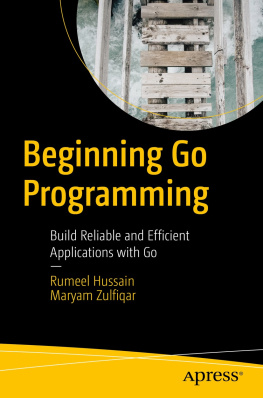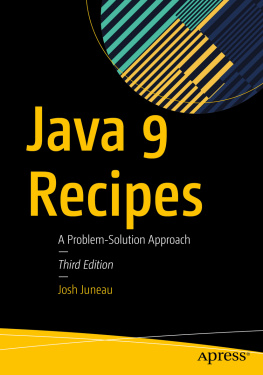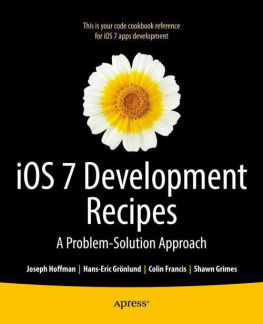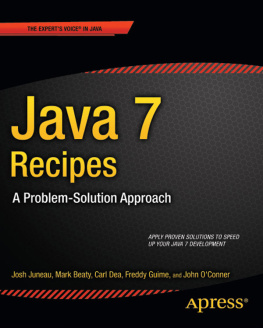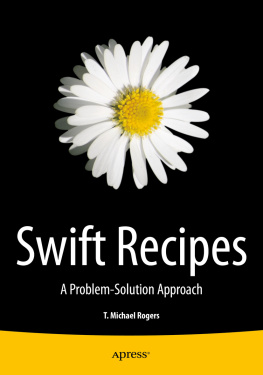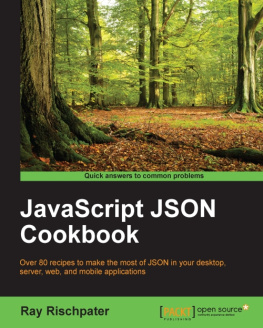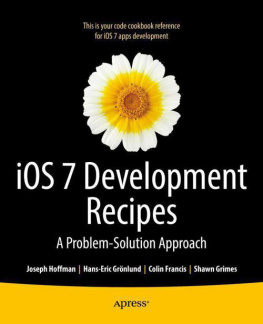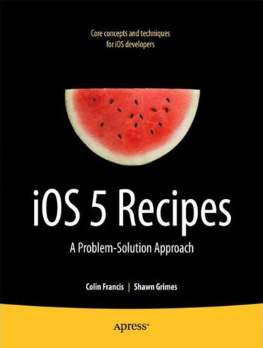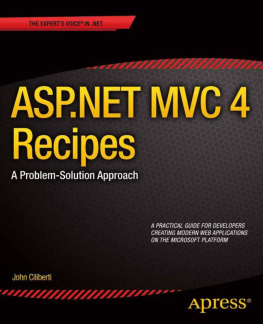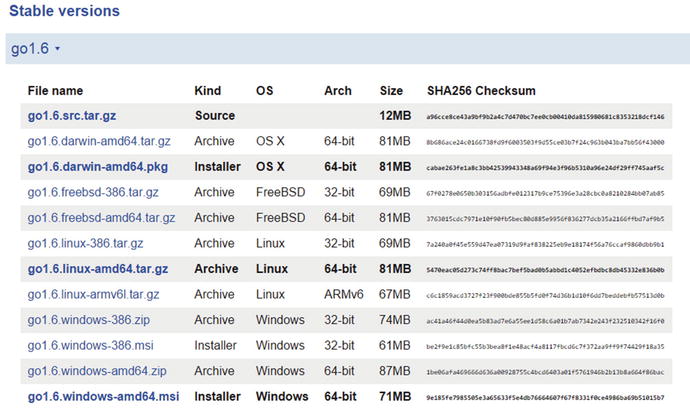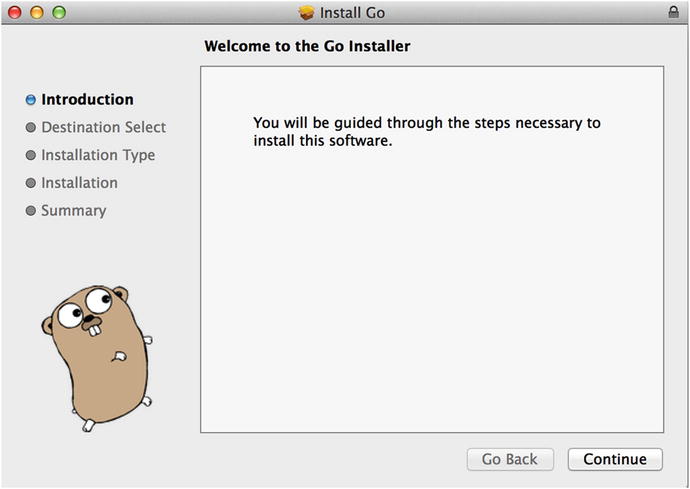Shiju Varghese - Go Recipes: A Problem-Solution Approach
Here you can read online Shiju Varghese - Go Recipes: A Problem-Solution Approach full text of the book (entire story) in english for free. Download pdf and epub, get meaning, cover and reviews about this ebook. year: 2016, publisher: Apress, genre: Computer. Description of the work, (preface) as well as reviews are available. Best literature library LitArk.com created for fans of good reading and offers a wide selection of genres:
Romance novel
Science fiction
Adventure
Detective
Science
History
Home and family
Prose
Art
Politics
Computer
Non-fiction
Religion
Business
Children
Humor
Choose a favorite category and find really read worthwhile books. Enjoy immersion in the world of imagination, feel the emotions of the characters or learn something new for yourself, make an fascinating discovery.
- Book:Go Recipes: A Problem-Solution Approach
- Author:
- Publisher:Apress
- Genre:
- Year:2016
- Rating:3 / 5
- Favourites:Add to favourites
- Your mark:
Go Recipes: A Problem-Solution Approach: summary, description and annotation
We offer to read an annotation, description, summary or preface (depends on what the author of the book "Go Recipes: A Problem-Solution Approach" wrote himself). If you haven't found the necessary information about the book — write in the comments, we will try to find it.
Solve your Go problems using a problem-solution approach. Each recipe is a self-contained answer to a practical programming problem in Go. Go Recipes contains recipes that deal with the fundamentals of Go, allowing you to build simple, reliable, and efficient software. Other topics include working with data using modern NoSQL databases such as MongoDB and RethinkDB. The book provides in-depth guidance for building highly scalable backend APIs in Go for your mobile client applications and web client applications.
All this means that youll be able to write programs that get the most out of multicore and networked machines, using Gos novel type system that enables flexible and modular program construction. Youll see how to test your Go applications so they are ready for deployment, as well as learning how to write HTTP servers to offer you maximum flexibility when dealing with remote clients.
What Youll Learn- Work with the core fundamentals of Go
- Persist data into NoSQL databases
- Build scalable backend APIs
- Test your Go applications
- Create HTTP web servers in Go
Experienced programmers who have some or no prior experience with Go.
Shiju Varghese: author's other books
Who wrote Go Recipes: A Problem-Solution Approach? Find out the surname, the name of the author of the book and a list of all author's works by series.


